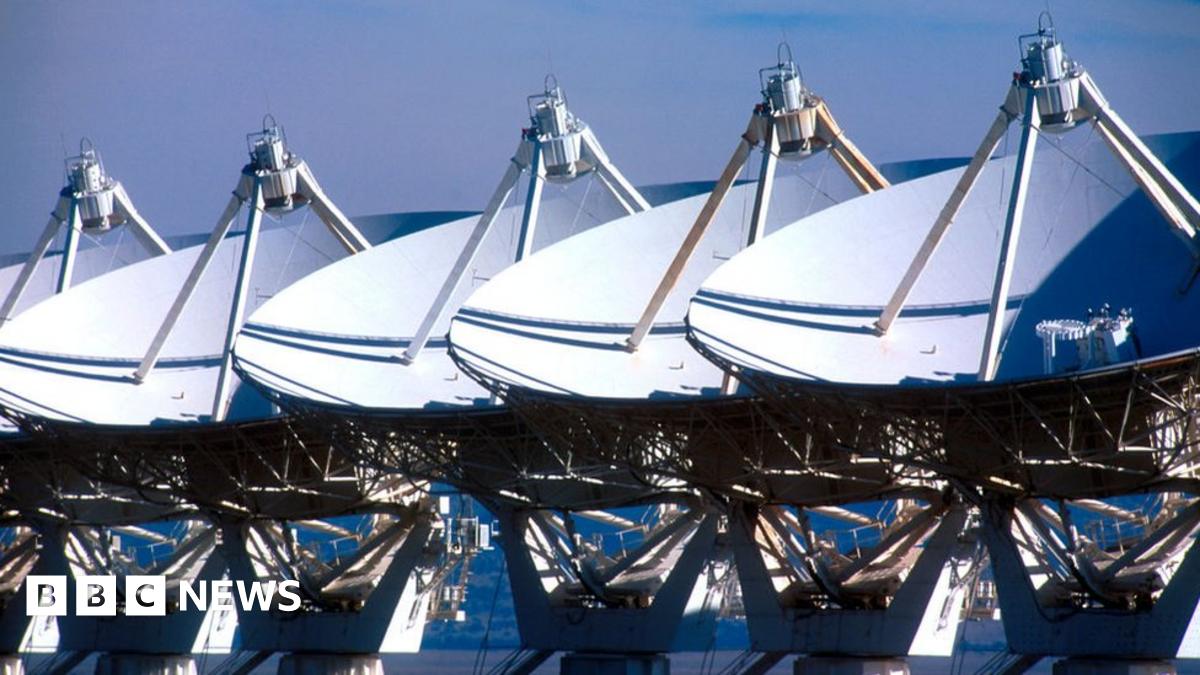Mr Diamond says that the increased use of AI is already proving to be “indispensable” as his institute continues to hunt for alien life.
He points to AI making it possible to search for new types of radio signals from alien sources. He explains that traditionally, Seti has looked for narrowband signals similar to those used by human beings.
“But there was always the question ‘what if there’s an alien advanced technology that is using wideband [radio]?’. And if that’s the case, our traditional methods wouldn’t work, it would look like a bunch of noise on the screen.”
However, Mr Diamond says that the ability of AI to handle massive amounts of data means it’s possible to take millions of “snapshots” of this snowy audio picture over time, and to start to look for patterns. “It’s a way of adding on a new thing to look for.”
Another project with which Seti collaborates is Breakthrough Listen., external Backed by more than £100m of private sector funding, this scheme is scanning a million stars, and 100 galaxies, across a wide range of radio and optical bands, to look for evidence of technological life.
One project member, University of Toronto student Peter Ma, recently developed a new AI system designed to examine telescope data, and distinguish between possible real signals from aliens, and interference.
His team did this by simulating both types of noise, and then training their AI to differentiate between the two.
Mr Ma says that an alien signal would, for example, “only appear when we point our telescopes at it… and disappear when we point away”.
The project has already identified eight potential alien signals that went undetected by traditional analysis. However, Mr Ma believes that as the observations haven’t yet been repeated they are probably false positives.
AI is also being used to try to detect signs of life of a more modest nature, and closer to home.
Last year, Nasa’s Perseverance rover started collecting samples from the Jezero Crater on Mars, which will, if all goes well, be returned to Earth in several years’ time.
